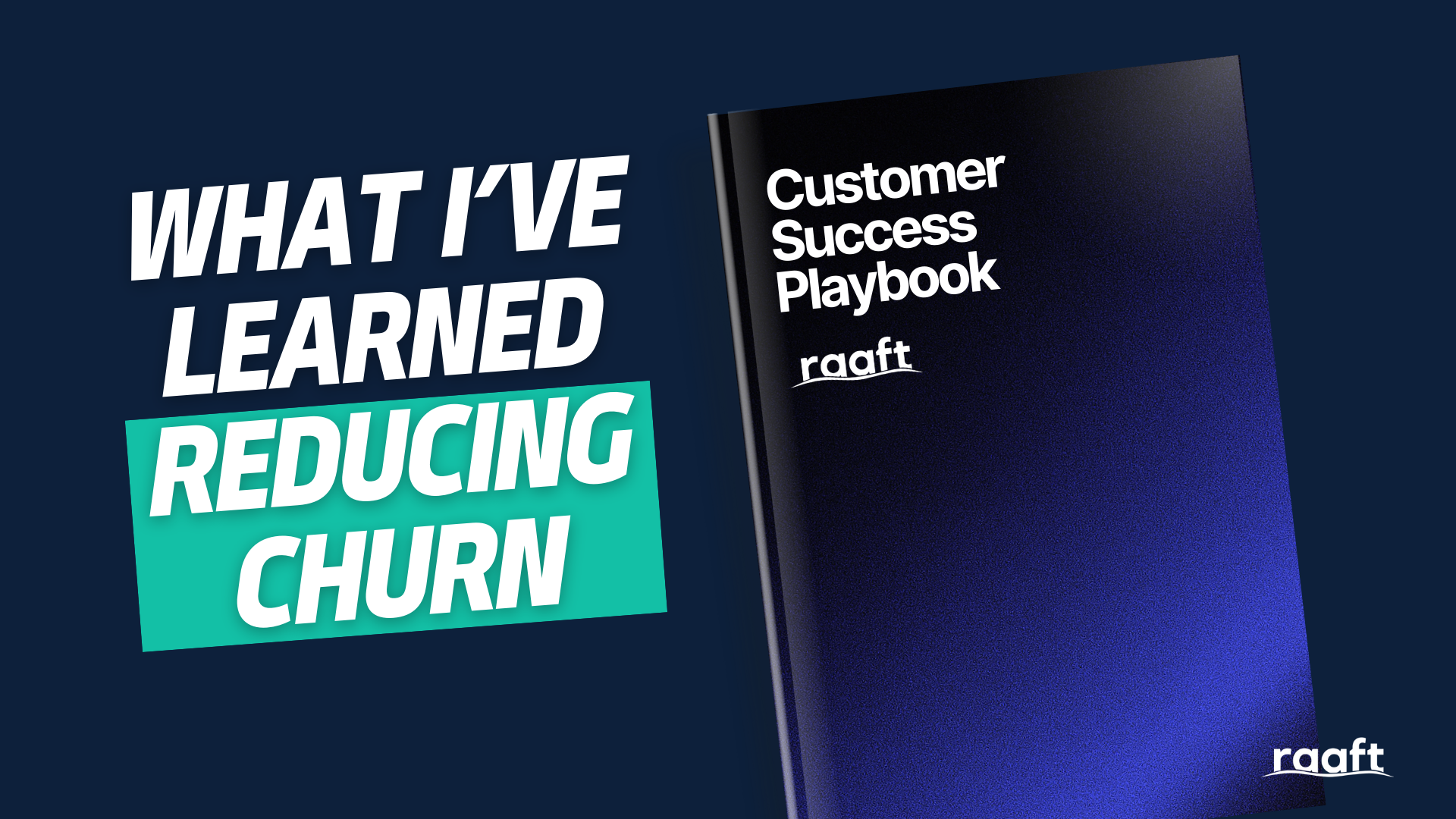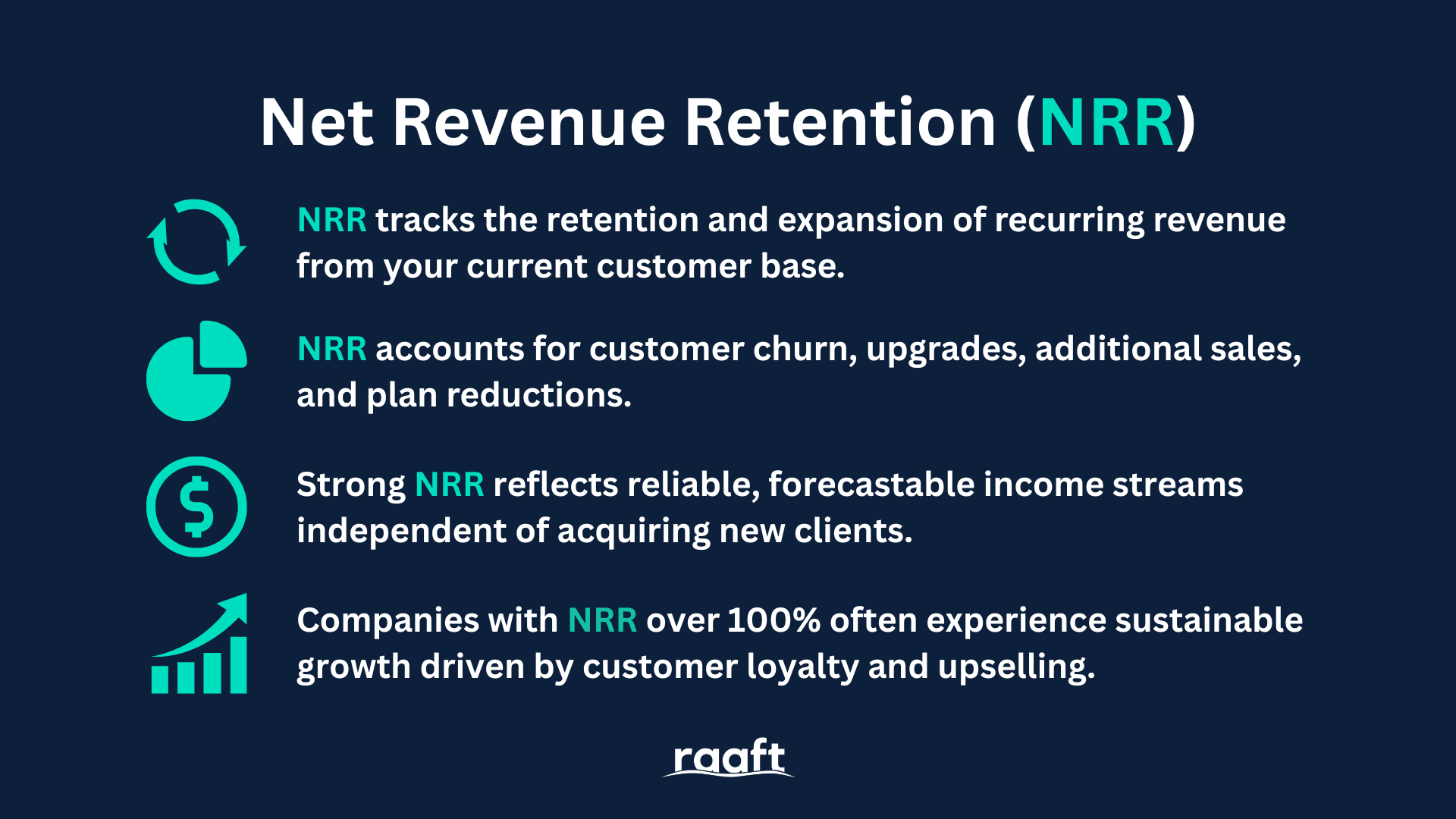
I used to think net revenue retention was just another investor metric to throw on a pitch deck.
Then I started noticing how it quietly set the pace of my SaaS venture’s growth.
If retention climbed, the pipeline felt lighter.
I was calmer and our revenue steadier.
But if it dipped, everything felt like I was sprinting uphill with bricks tied to my ankles! It’s a visceral image!
The brutal part is that revenue churn sneaks in even when you think everything looks fine.
You’ll see customers still pay their bills and renewals look steady, yet expansions stall and downgrades creep in.
Eventually, the numbers tell you that something underneath has shifted.
I learned to obsess over this hidden layer because that was where real growth either solidified or cracked apart.
I invested in defining my customer success playbook early, and that made a dent.
It did not solve everything.
Some accounts loved us but plateaued, while others shrank in ways we did not anticipate.
Expansion revenue became the lever that separated the accounts fueling our future from the ones quietly slipping backward.
I’ve Designed Systems To Support Net Revenue Retention
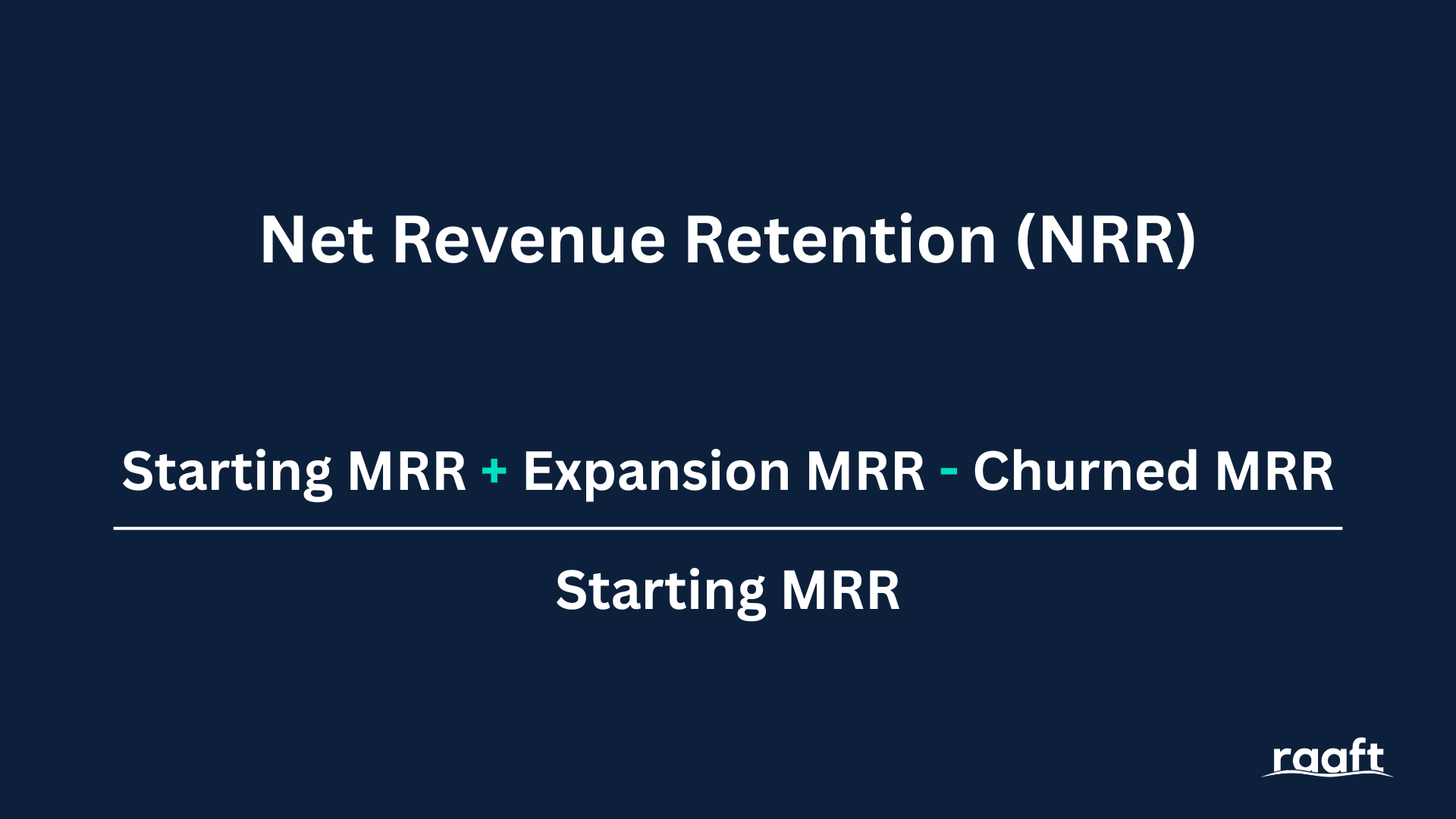
I kept spreadsheets that mapped every:
- Upsell
- Downgrade
- Churned contract
The data was a little messy at first.
In some months, expansion carried me, while in others, shrinkage canceled it out entirely.
This volatility told me I lacked rhythm.
I had to design systems that created predictable expansion instead of relying on chance.
What I’ve seen in my own dashboards is that expansions rarely occur without a prompt.
Customers do not just stumble into higher tiers because they feel generous.
They need a moment that highlights their growth.
For me, that trigger came through usage milestones.
How I Use Usage Milestones As Growth Catalysts
I believe every SaaS product hides inflection points.
Mine had one when a customer’s team started adding more than ten users.
Another came when data volume doubled.
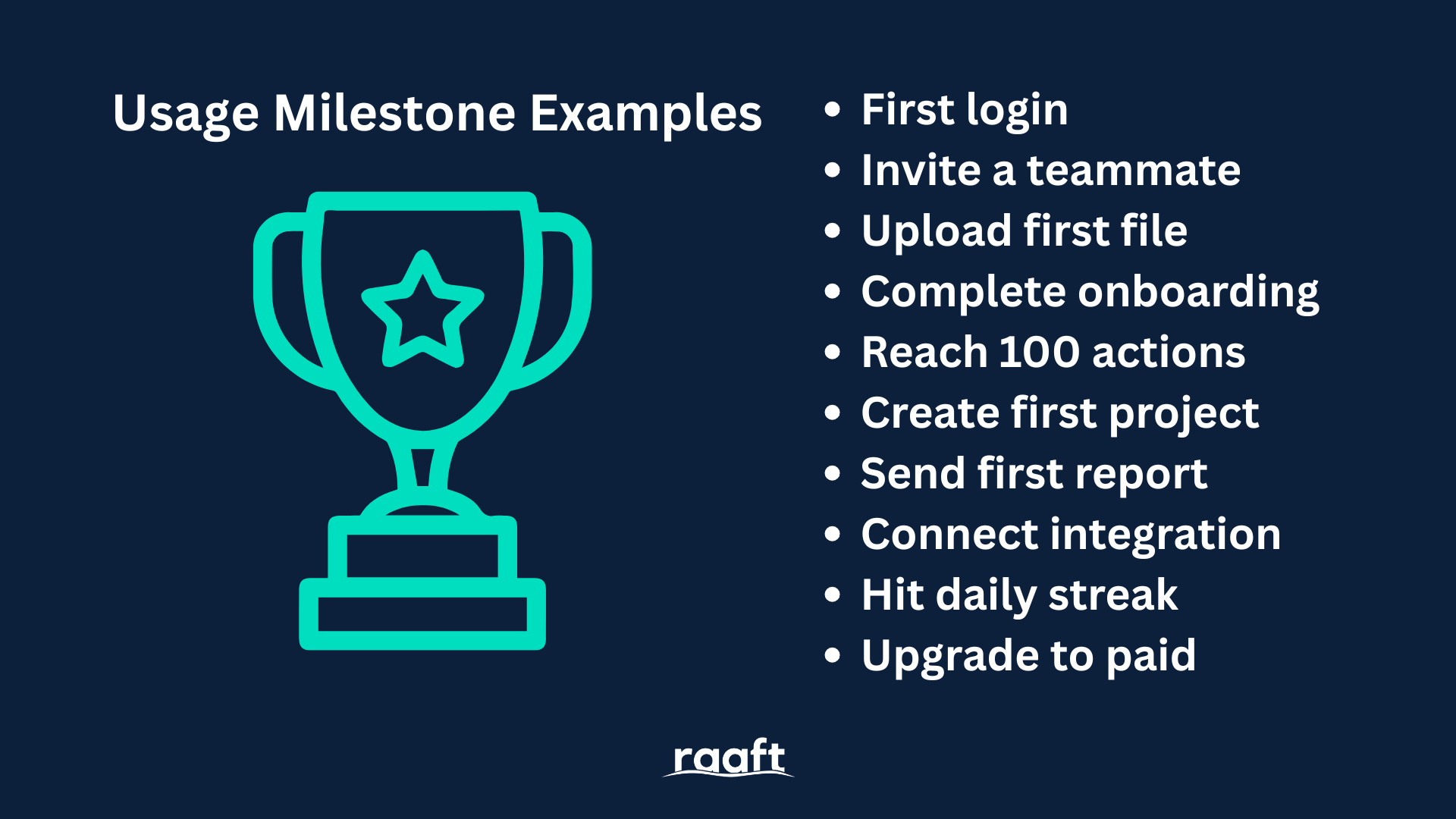
These moments correlated strongly with upgrades. We built alerts around them.
Whenever a customer crossed those thresholds, I reached out with context and a clear path to a higher tier.
The message mattered.
If the communication felt transactional, the upgrades stalled.
If I framed it as celebrating progress, customers leaned in.
What I noticed over time is that this shifted my expansion pipeline from being accidental to intentional.
I’ve also noted that predictable revenue expansion often starts with recognition rather than a sales pitch.
A customer hearing “You’ve hit a milestone” feels like a moment worth celebrating, and upgrades flow naturally from that recognition.
You Need To Find The Patterns In Revenue Contractions
Contraction hurt more than churn. Let me explain why…
A customer leaving completely makes you re-evaluate onboarding, support, or product gaps.
A downgrade slips past unnoticed until you realize the impact on your net revenue retention.
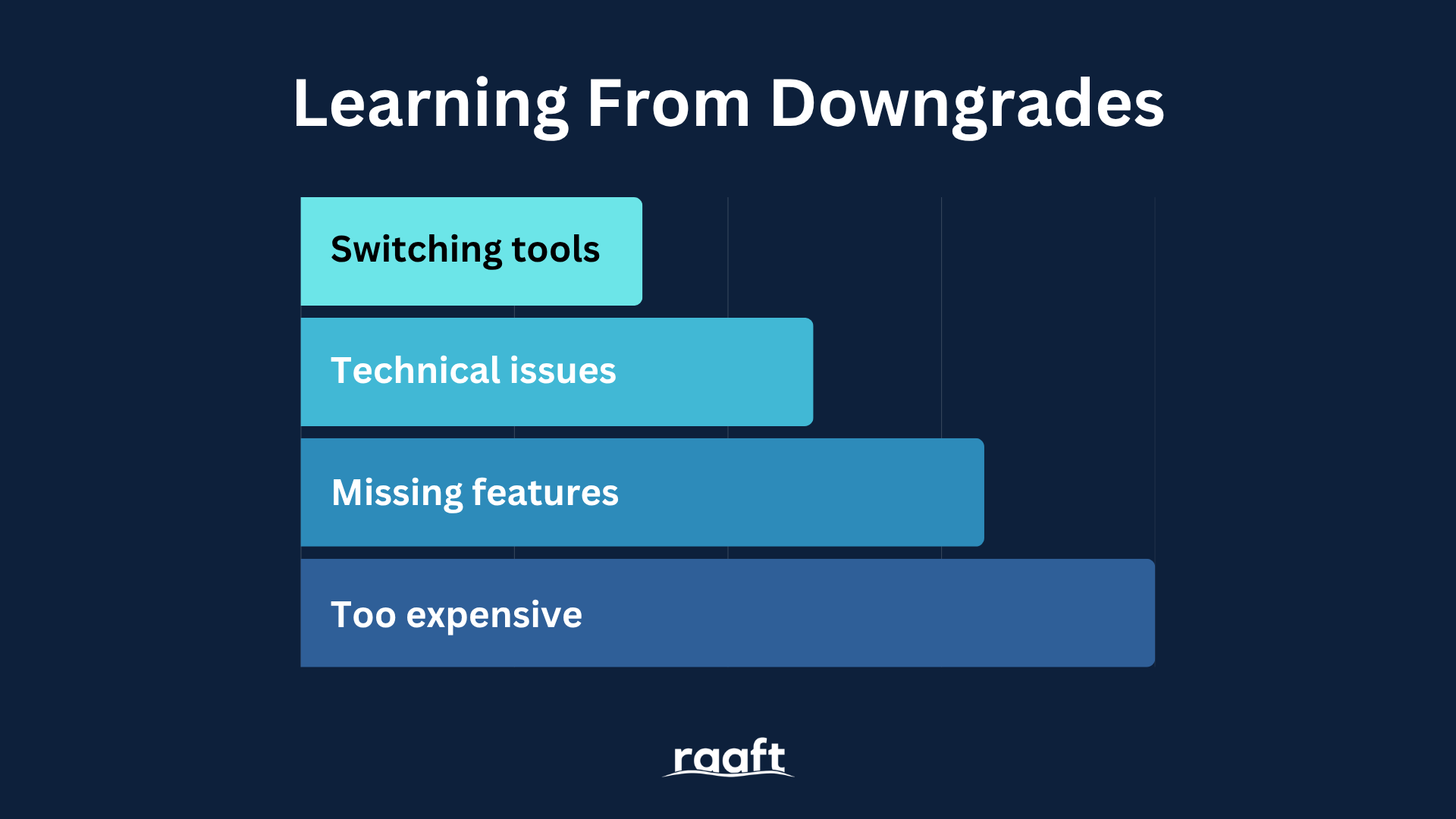
I stopped treating downgrades as isolated events and began looking for clusters.
When three accounts in the same vertical cut seats, we dug in.
It often revealed a blind spot in our pricing model or a feature mismatch
Fixing those cracks prevented dozens of accounts from shrinking later.
What I’ve seen with downgrades is that customers rarely explain the full story up front.
They’ll usually cite budgets, but the deeper issue is usually that they never fully embedded my product into their workflow.
Once I understood that, I invested in integrations. That move alone lifted my retention significantly.
Can Product Decisions Drive Net Revenue Retention?
I started grading every product roadmap item on its potential impact on net revenue retention.
Features that unlocked new usage milestones jumped in priority.
I made sure that enhancements capable of reducing downgrade friction climbed the list.
The surprising part came when smaller improvements created outsized retention effects.
I found that a dashboard redesign cut support tickets in half, which kept adoption steady across multiple accounts.
That translated directly into fewer downgrades.
Net revenue retention sharpened my product strategy more than customer interviews ever did.
How I Started Using Raaft To Boost Net Revenue Retention
Raaft became crucial in capturing cancellation reasons.
I used insights from my cancellation flow to gain clarity on both churn and contraction.
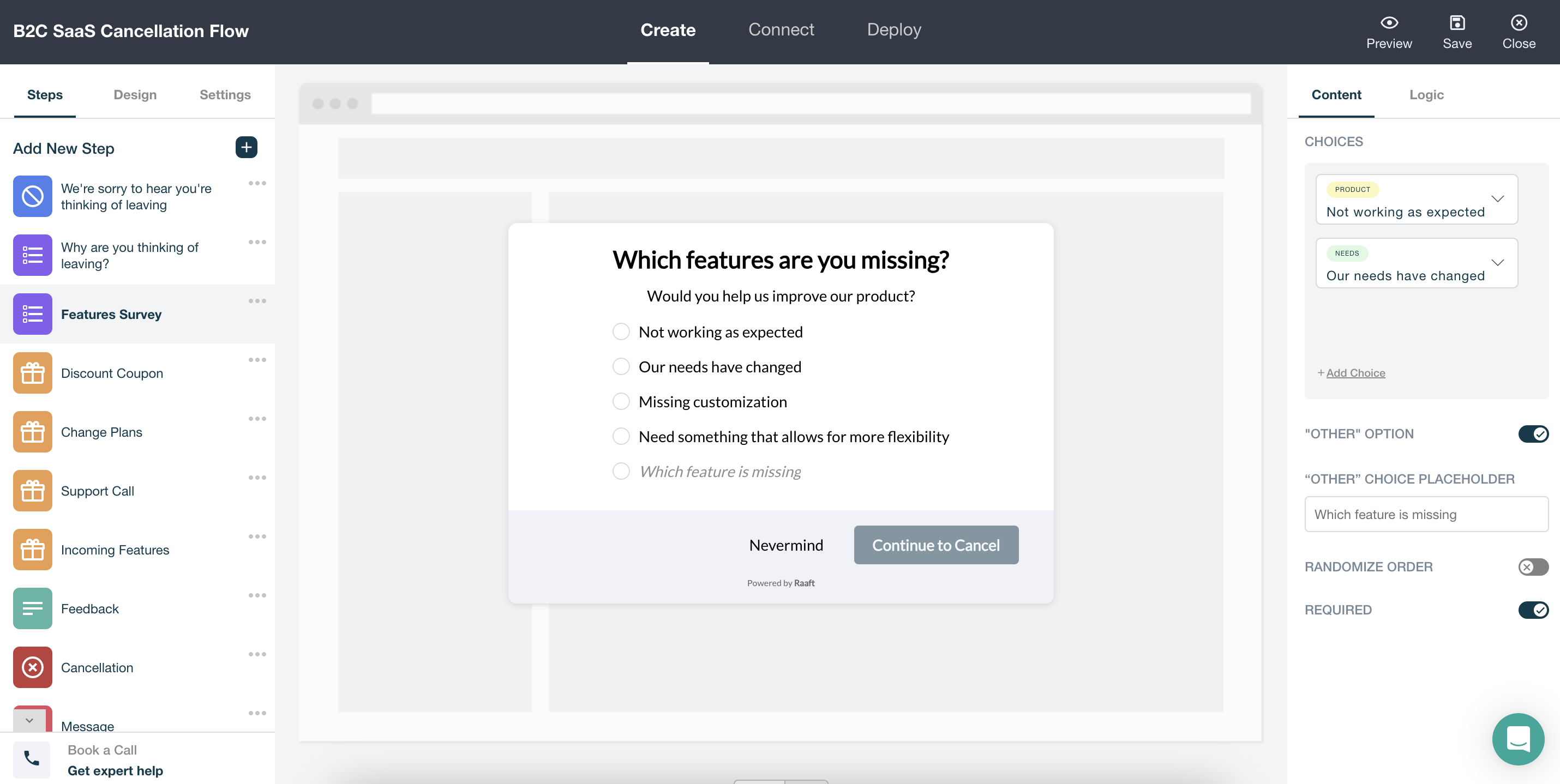
My “expansion plays” also benefited because I could see why some customers downgraded in the first place.
That intelligence flowed back into my playbook and shaped outreach timing.
Using Raaft stopped me from guessing.
Instead of running generic winback campaigns, I built targeted messages that addressed exact reasons. That reduced churn, stabilized retention, and kept net revenue retention heading upward.
Scaling SaaS without understanding net revenue retention is a recipe for disappointment.
Once I centered on retention, the path steadied and I saw the following changes:
- Expansion became less random.
- Downgrades were actionable signals.
- My product priorities sharpened.
- Sales alignment improved.
I stopped chasing every shiny acquisition target and started focusing on the depth of the relationships I already had.
That changed my growth trajectory permanently.
Cancellation flows were an important part of achieving this.
Sign up to Raaft for free today and begin making cancellation flows.
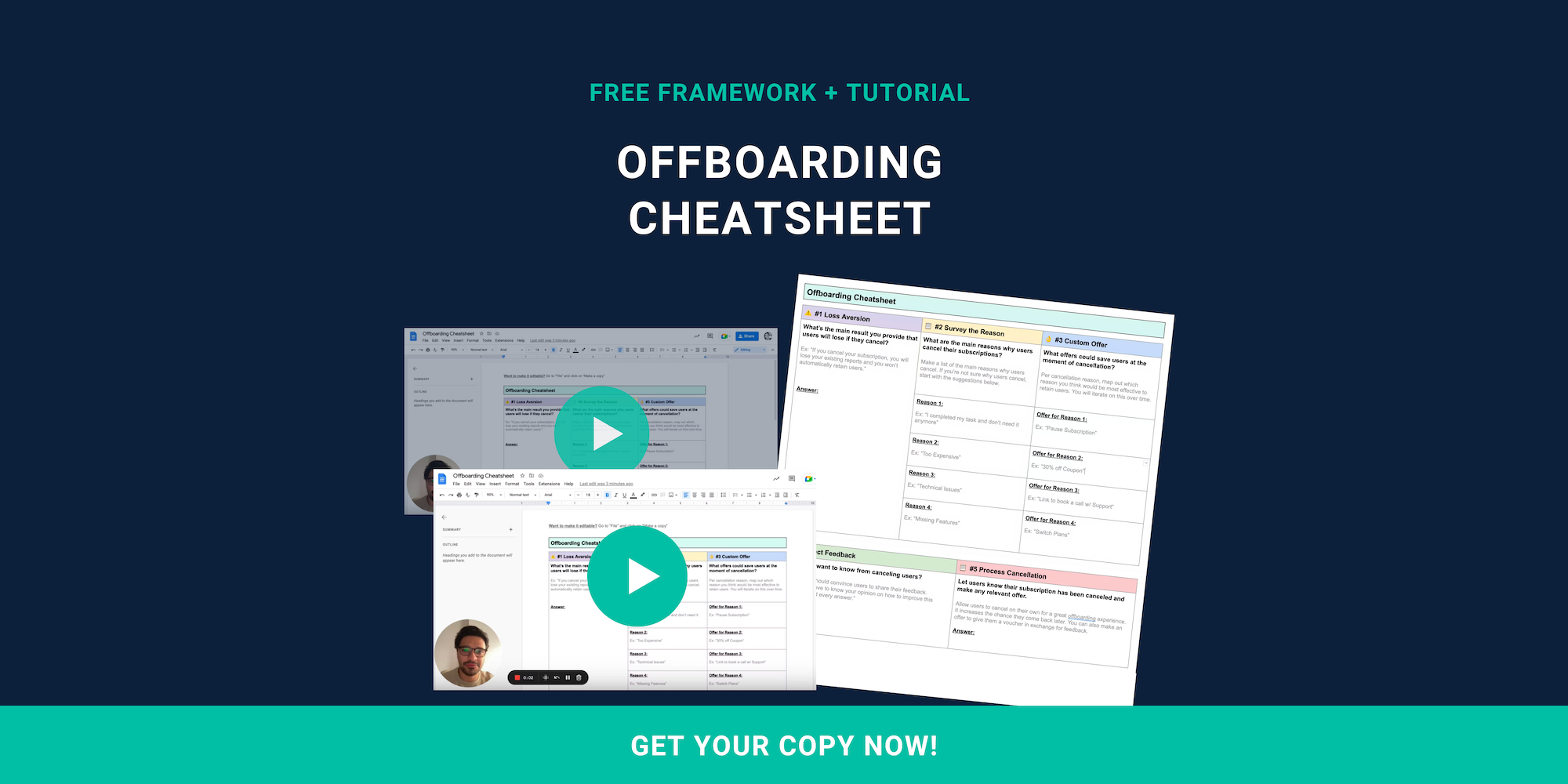
Offboarding Cheatsheet
This framework + video tutorial will help you design a better cancellation process.
Some of our featured articles

Adam Crookes

Adam Crookes

Adam Crookes
Customer Success insights in your inbox
Helping Founders and Customer Success Managers handle customer retention effectively.
We will only ever send you relevant content. Unsubscribe anytime.
![Best Customer Survey Platforms: Here Are My 4 Favorites [2025 Research]](https://raaft-website.s3.amazonaws.com/img/blog/thumbnails/customer-survey-platforms.png)

